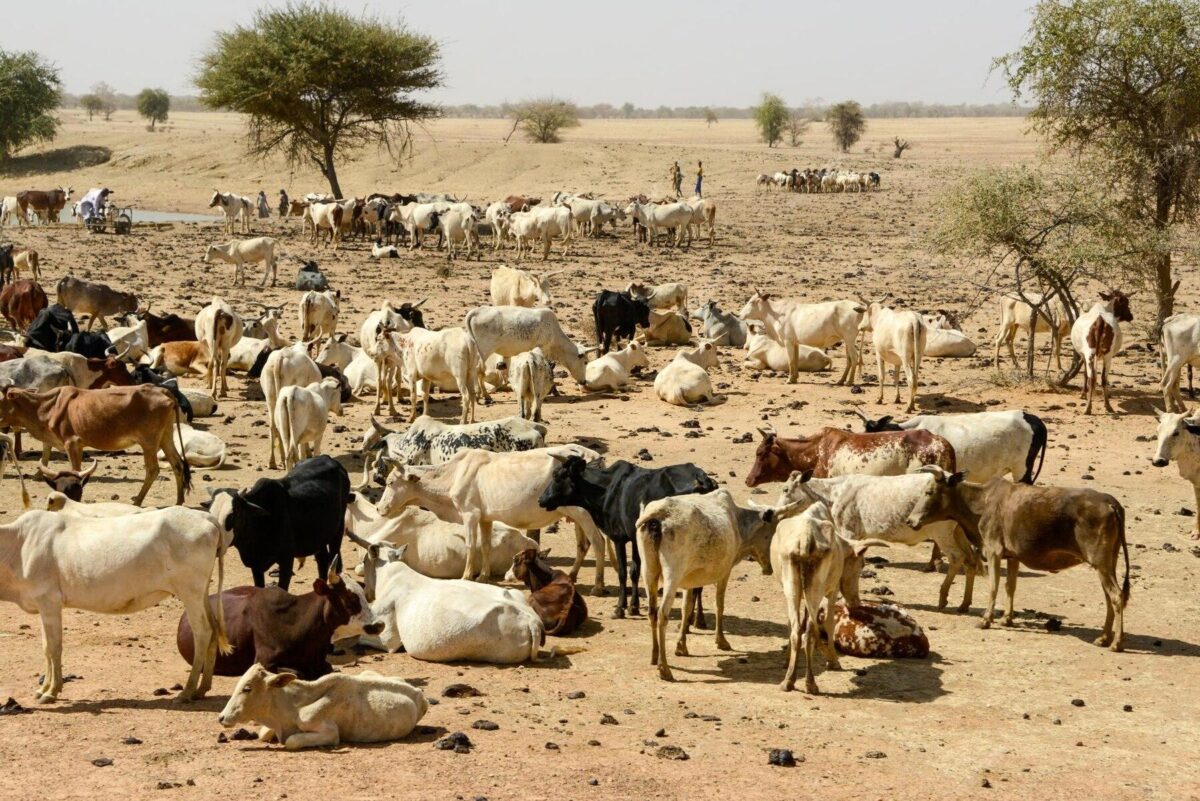Kenya’s Resilience and Missed Opportunities in Livestock Production

Kenya’s vast Arid and Semi-Arid Lands (ASALs) encompass a staggering 80% of the country’s landmass. This region, home to roughly 16 million Kenyans, is a land of stark beauty and harsh realities. Pastoral communities have carved out a life here for generations, their existence intricately linked to the health of their livestock. These regions, though crucial for Kenya’s beef industry, grapple with food insecurity due to unpredictable rainfall, economic hardships, and even conflict.
Despite these challenges, the potential for a thriving beef sector in ASALs remains. Beef cattle make up a significant portion of Kenya’s national herd, with nearly half originating from these very regions. However, there’s a disconnect between this potential and the reality of poverty faced by ASAL communities.
In spite of their ingenuity and deep understanding of this unforgiving environment, ASAL residents grapple with some of the nation’s highest poverty rates. The land itself presents a multitude of challenges. Rainfall is erratic and scarce, punctuated by devastating droughts. This unpredictability makes crop cultivation a gamble, and forces pastoralists to constantly be on the move, seeking grazing pastures for their herds.
Other stories
- Key Conversations Before Passing the Farm Torch After Retirement
- FAO Report Indicates the Devastating Effects of Disasters on Agriculture
- The World Between 2024 and 2035: A 10-Year Prediction of Future Agriculture
Limited access to finances, infrastructure issues like poor roads, and the harsh environment itself all contribute to this disparity. Traditional pastoral practices lack formal financial inclusion, hindering investments in better grazing lands, veterinary care, and essential supplies. Additionally, the unpredictable nature of droughts constantly threatens livelihoods.
These challenges are further compounded by a lack of infrastructure. Remote locations make it difficult for farmers to get their cattle to market, limiting profit margins and hindering investment in their herds. The absence of reliable financial systems also restricts access to loans and insurance, crucial tools for weathering the inevitable storms, both literal and metaphorical.
The consequences of these hardships are stark. Food insecurity is a constant threat, malnutrition rates are high, and disease outbreaks can decimate herds, plunging families deeper into poverty. Conflict, often sparked by competition for scarce resources, adds another layer of complexity to this already precarious situation.
However, amidst these struggles, there are glimmers of hope. The Kenyan government recognizes the critical role that a thriving ASAL region plays in the nation’s economic well-being. Beef production is a cornerstone of the ASAL economy, with these regions contributing nearly half of Kenya’s national herd.
There’s immense potential for growth, but unlocking it requires a multi-pronged approach. Strengthening market access is crucial. Reliable transportation networks and improved marketing infrastructure are essential for connecting farmers to lucrative markets and ensuring they receive fair prices for their cattle.
Cooperatives offer a promising pathway towards a more secure future for ASAL communities. By pooling resources, farmers gain greater bargaining power, access to better deals, and opportunities for value addition. This collaborative approach can empower them to become more resilient in the face of climate shocks and economic downturns.
Investing in education and promoting financial inclusion are equally important. Equipping communities with the knowledge and tools to manage their herds more effectively and navigate financial systems can go a long way in building a more secure future for the people living in the ASALs.



